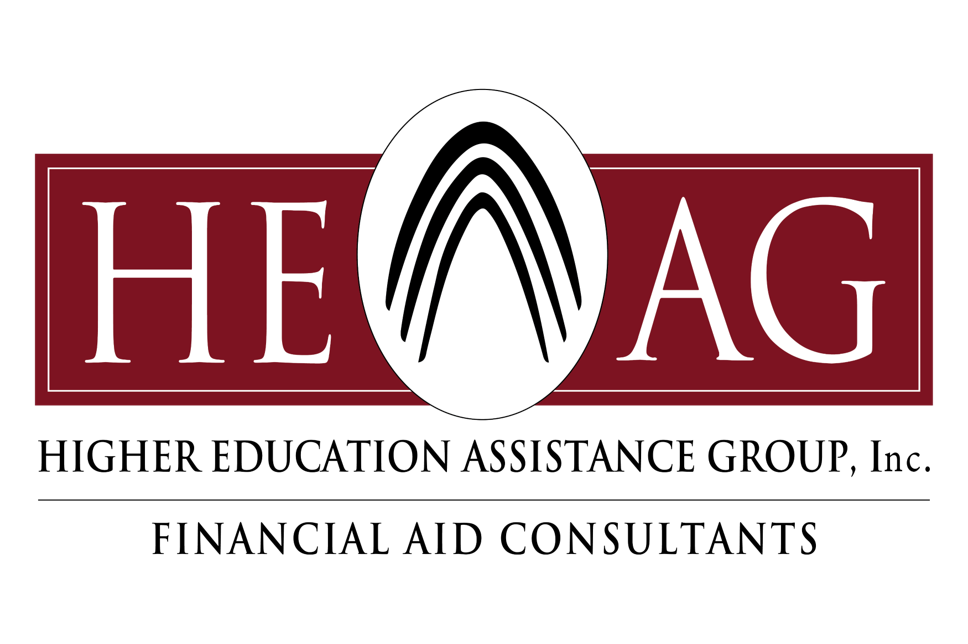On February 25th, 2019, the U.S. Department of Education released each institution’s draft FY2016 Cohort Default Rate, which will become the official rate unless incorrect data is challenged through the incorrect data challenges (IDC) process. To summarize our January post on the topic, if you suspect incorrect data may be inflating your 
But first, here’s a quick reminder on the FY2016 CDR calculation: The CDR calculates the percentage of student borrowers that entered repayment in a given year and defaulted within the three-year monitoring period.
# FY16 cohort members with loans defaulting between 10/1/2015 and 9/30/2018
# of borrowers entering repayment between 10/1/2015 and 9/30/2016 (FY16 cohort)
There are two ways to lower the CDR through the challenge process: reduce the number of borrowers in the numerator or increase the number of borrowers in the denominator. To do this, the college needs to “challenge†any incorrect data that might be inflating the rate by reviewing the Loan Record Detail Report (LRDR) for mistakes. Using Default Management’s online system, these mistakes (or challenges) are shared with the loan servicer (or guarantor for FFELP) and if the servicer acknowledges the mistakes, corrections are made before the official CDR is calculated in the fall. The draft period is the only time you will have the opportunity to challenge the institutions rate.
Where Do We Begin?
Before you begin, there are two things you may want to get started now to ensure a smooth IDC process:
- Gain institutional access to the eCDR Appeals website.
- Create the certification letter to be signed by your institution’s President or CEO when the IDC case is submitted. There is a sample letter in the CDR Guide, Chapter 4.1 on page 9.
At some in February, Federal Student Aid should have delivered a package to your institution’s SAIG mailbox. The appeal period will begin one week later, and institutions have 45 days to complete the challenge process. The package will include:
- Cover letter (SHDRLROP)
- Reader-friendly version of the Loan Record Detail Report or LRDR (SHCDRROP)
- Extract version of the LRDR (SHCDREOP). This one is particularly important because you will need to upload it into the eCDR Appeals system before preparing your case.
Federal Student Aid provides a tool with instructions on the first tab to convert your file to Excel. You can find that here in the “For Schools” section in the Cohort Default Rate Guide on ifap.ed.gov.
What Should the Review Include?Â
There are two critical data elements to confirm by using your institutional data: the student’s receipt of the loan in question and the student’s separation date or less than half-time status date. Both of these will confirm whether the student should be included in the cohort. In other words, should this borrower be in the denominator? The separation date drives the “Date Entered Repayment†date, which ultimately determines the “Date of Default“ or if there is a default at all (should this borrower be in the numerator?). You’ll find as you prepare your case that these are the questions you’ll need to answer for each challenge.
Should We Review Every Student?
Reviewing each borrower in the LRDR would be ideal, however, if you have a large student population and it’s not feasible to review every student’s account, it would make sense to prioritize borrowers who did not graduate to make sure the separation date is listed correctly. Otherwise, the best place to start is with borrowers that have defaulted loans. Here are some common scenarios which may seem like they should be challenged, but actually have been reported accurately:
- The borrower has consolidated or otherwise paid in full the defaulted loan during the monitoring period.
While this is good news for the borrower, the default will still be counted. Whatever happens after the default has no impact on CDR with one exception: if the borrower defaults and can rehabilitate the defaulted loan prior to the end of the monitoring period, the borrower will be removed from the numerator. This is why it is absolutely worthwhile to reach out to alumni who have defaulted as long as there is at least 9 months left in the monitoring period.
- The borrower passed away and the loan was cancelled.
Like the scenario above, if the borrower defaulted during the monitoring period and before he or she passed away, the default still counts regardless.
- The borrower has multiple servicers with some loans in good standing and others in default, depending on which one holds the loan.
In a perfect world, all loan servicers would have the same information so this could never happen; however, the reality is that the borrower needs to communicate with all servicers to make sure each has the correct information in order to keep all accounts in good standing.
As you conduct your review, make sure you’re saving appropriate documentation since that will be required for each challenge. For example, a copy of an academic transcript can document an incorrect separation date on NSLDS (and make sure to update any incorrect information on NSLDS as well). Also, keep track of each challenge submitted—not just the borrower, but retain details on which items were deemed incorrect as well as the loan servicer’s response.  You’ll need to check these challenges when your official CDR is released in the fall to make sure the erroneous information was corrected. You’ll have the opportunity to submit Uncorrected Data Adjustments (UDA) at this point for any that weren’t corrected.
There are great resources available on the eCDR Appeals website including user guides for all types of transactions that can be managed by this system and video demonstrations which are great for learning how to navigate the system if you’ve not used it before.


